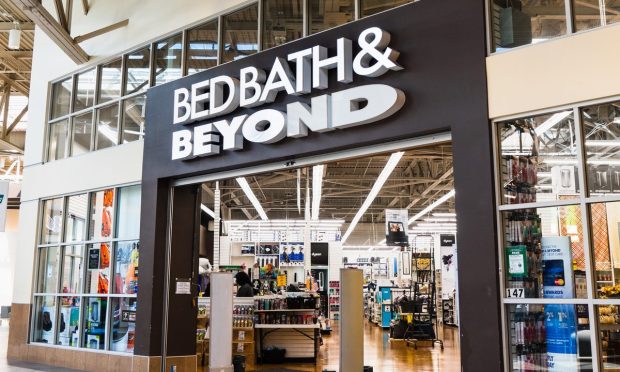Bed Bath & Beyond Adds Safely Cleaning Products Amid COVID Resurgence

Bed Bath & Beyond Inc. on Monday (Aug. 2) announced an exclusive retail partnership with home cleaning product company Safely that brings the product line into 750 Bed Bath & Beyond stores across the U.S., as well as buybuy BABY and Harmon locations and all three retailers’ websites.
Safely was founded by a group including entertainment mogul Kris Jenner and entrepreneur Emma Grede as a more eco-friendly response to some of the chemical cleaners being used during the COVID-19 pandemic. This is Safely’s first retail partnership.
“Working with Bed Bath & Beyond has allowed Safely to live out the mission of bringing safe, affordable, and beautiful cleaning products into every American home,” Grede said in a statement.
Launched in March 2021, the Safely collection has six products: hand soap, hand sanitizer, hand cream, universal cleaner, glass cleaner and laundry detergent.
“With the addition of Safely to our merchandise mix, we’re expanding our better-for-you footprint of household cleaners and giving consumers an elevated product experience they can feel good about, all in an effort to help them ‘home, happier,’” said Joe Hartsig, executive vice president and chief merchandising officer at Bed Bath & Beyond and president of Harmon Stores.
Cleanliness could be coming back into more focus with news about the continued spread of the Delta variant of the coronavirus—and it could keep people from leaving their homes again.
Neel Kashkari, president of the Federal Reserve Bank of Minneapolis, said the rise of the Delta variant might hinder the U.S. economic recovery as people might stop looking for work because of it, Bloomberg reported.
Kashkari said fears of the Delta variant “could slow some of that labor market recovery and therefore be a drag on our economic recovery,” according to Bloomberg.
Federal officials took steps last week toward rolling back the interest rate, and the Fed is also going to maintain the $120 million in asset purchases until there’s more substantial progress made on inflation and employment.
